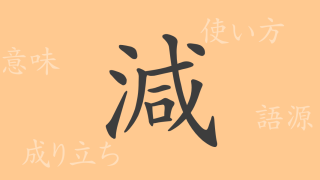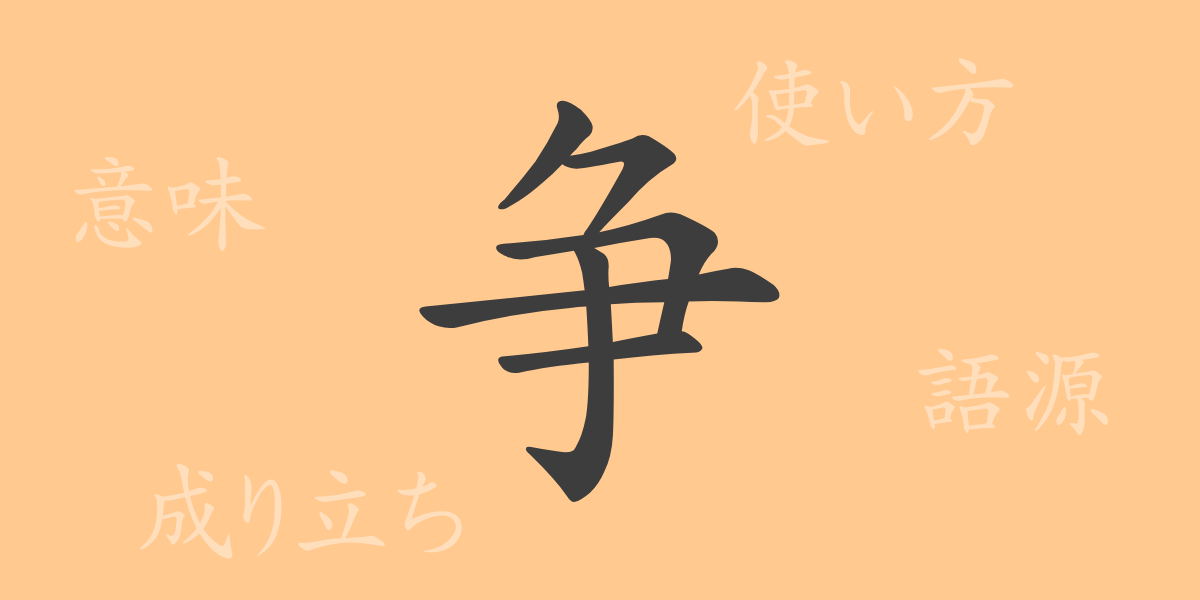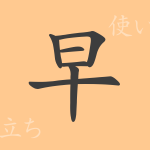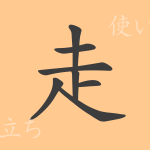Kanji are central to Japanese written culture, each symbol rich in meaning and expression. “争” (ソウ) has long been used to symbolize human competition and conflict. This article delves into the origins, meanings, usages, and readings of “争” (ソウ), as well as idioms and phrases associated with this Kanji, revealing its allure.
Origins of 争 (ソウ)
The Kanji “争” (ソウ) originated in ancient China as a pictogram depicting two people facing each other, competing over an object. Initially representing two hands stretching towards an item to seize it, the character has evolved over time but retains the notion of competing or fighting.
Meaning and Usage of 争 (ソウ)
“争” (ソウ) symbolizes competition and dispute, such as in “競争” (きょうそう – competition) and “争い” (あらそい – conflict). More broadly, it denotes situations of opposing opinions, competing for superiority, or striving to win. This Kanji is commonly used in various everyday contexts, especially within legal and business environments.
Readings, Stroke Count, and Radical of 争 (ソウ)
Understanding the readings and structural elements of “争” (ソウ) enhances comprehension:
- Readings: The on’yomi (Sino-Japanese reading) is “ソウ” (ソウ), and the kun’yomi (native Japanese readings) include “あらそ・う” (アラソウ).
- Stroke Count: “争” consists of 6 strokes.
- Radical: The radical is “二点しんにょう” (ニテンシンニョウ), related to actions of movement and advance.
Phrases, Idioms, and Proverbs Using 争 (ソウ) and Their Meanings
There are numerous idioms and phrases involving “争” (ソウ), each carrying unique meanings:
- 競争 (きょうそう): Multiple entities competing towards a common goal.
- 争点 (そうてん): The main point of contention in discussions or litigation.
- 争議 (そうぎ): A protest action carried out collectively by workers.
- 口争い (くちあらそい): Arguing verbally.
- 争うに足らず (あらそうにあたらず): Not worth fighting over.
Summary on 争 (ソウ)
The Kanji “争” (ソウ) has closely interacted with people’s lives from ancient times to the present, symbolizing competition and conflict. As a crucial element in legal and business contexts, “争” (ソウ) illustrates the depth and richness of the Japanese language. This character continues to be used in everyday conversations, literature, and various societal contexts, providing insights into the complexities of communication and understanding.

























